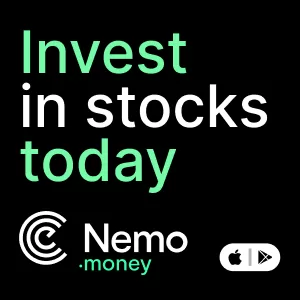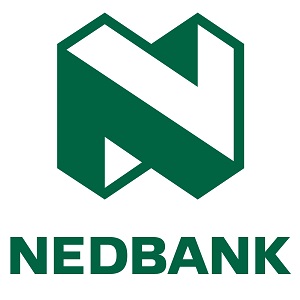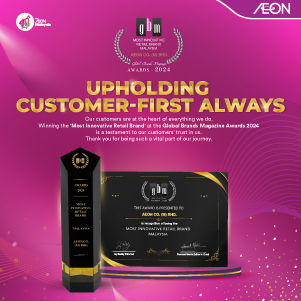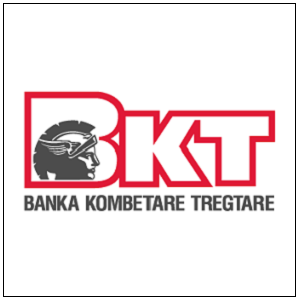Science & Environment
Scientists Accidentally Turned Lead Into Gold: Inside CERN’s Groundbreaking Discovery
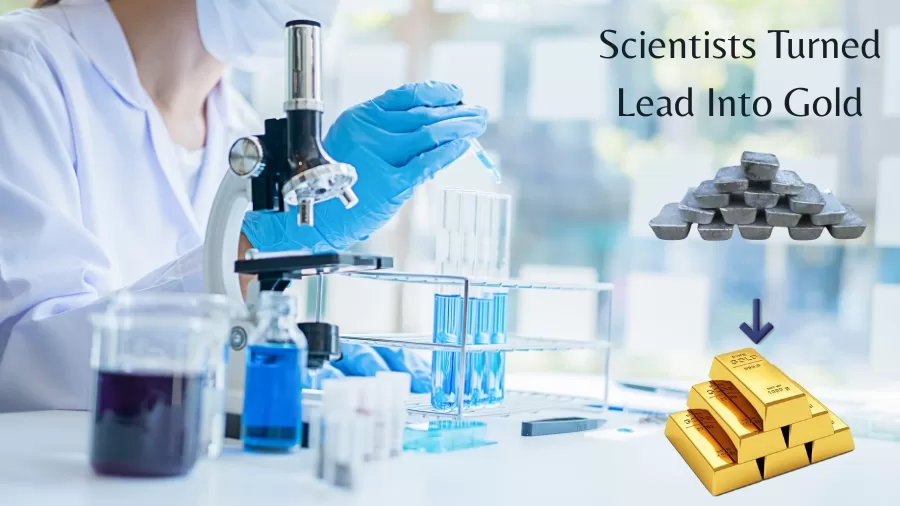
- CERN physicists may have discovered a process that replicates alchemists’ ancient goal of transforming lead into gold during high-energy particle collisions.
- While not creating usable gold, the process directly transforms lead nuclei into gold nuclei, albeit in a form that is unstable and exists only for a fraction of a second.
Imagine conducting a high-energy physics experiment deep underground, smashing atoms together at nearly the speed of light, and discovering that you’ve briefly created actual gold nuclei from lead.
This is what was deliberately studied and achieved at CERN. Scientists, as part of their research on nuclear transmutation, collided lead ions in such a way that lead nuclei were transformed into gold nuclei. It wasn’t a chemical transformation, and it didn’t last—but it was enough to capture the scientific world’s attention.
What Really Happened at CERN
Until the unexpected result, the Large Hadron Collider was a site of great discoveries. The very unpredictability turns the new chapters in its history.
During ultraperipheral lead ion collisions, intense electromagnetic fields caused the ejection of protons and neutrons, transforming lead nuclei into gold nuclei. For the briefest moments, the lead nuclei lost three protons and neutrons, directly becoming gold nuclei.
No physical gold was formed—there were no glittering bars or coins—but something arguably more significant emerged: evidence that we can manipulate atomic behaviour in ways once thought impossible.
Time to Rethink Material Value
The name gold has been associated with permanence, wealth accumulation, and cultural importance. Such associations have always been strong in view of gold’s shortage and resilience.
On the other hand, the experiment does support the feasibility of nuclear transmutation; however, the process itself is impractical for commercial purposes, and so it can neither enhance nor impinge on material value and authenticity.
This change impels brands that hang their hat on either rarity or material prestige to revisit their very value propositions.
- Shift away from a narrative of rarity to one of relevance and intention
- Shift focus from material possession to something that carries emotional or experiential value
- Reconsider what makes a product truly meaningful to a consumer
What This Means for Global Markets
Although this discovery will not disrupt the gold markets today or even tomorrow, it does plant a seed of change in how materials are perceived and valued globally.
It prompts important questions:
- Could future technologies create synthetic alternatives that reshape commodity pricing?
- Will financial institutions and investors begin to differentiate between naturally sourced and synthetically produced materials?
Markets are not just built on material goods—they’re also built on trust, perception, and long-term assumptions. Scientific revelations like this one can cause shifts in all three.
Opportunities in Tech and Sustainability
The implications of this research stretch far beyond the luxury sector or the symbolism of gold.
If matter can be altered or restructured at the atomic level, this opens exciting possibilities across multiple industries, particularly in technology and sustainability.
Here’s where forward-thinking R&D teams should pay attention:
- Development of highly responsive nanomaterials for precision applications
- New capabilities in quantum computing are reliant on stable, engineered atomic structures
- Reduced dependence on mining through engineered alternatives for rare components
The pathway from discovery to practical application may be long, but the direction is clear: science is expanding the limits of what we can create.
CERN’s Message to the World
This wasn’t alchemy. It wasn’t a fairytale transformation. It was a reminder—delivered by the world’s most powerful particle collider—that the rules of matter are far more flexible than we once believed.
Atoms are not static. And by extension, neither are the markets, narratives, or brand promises that rest upon them.
The real question is, as science continues to push boundaries, are you prepared to evolve with it?
















